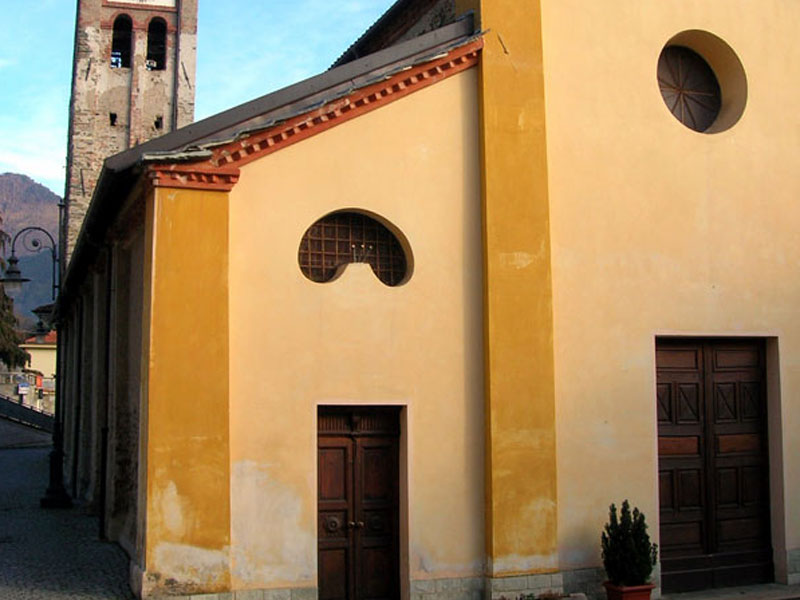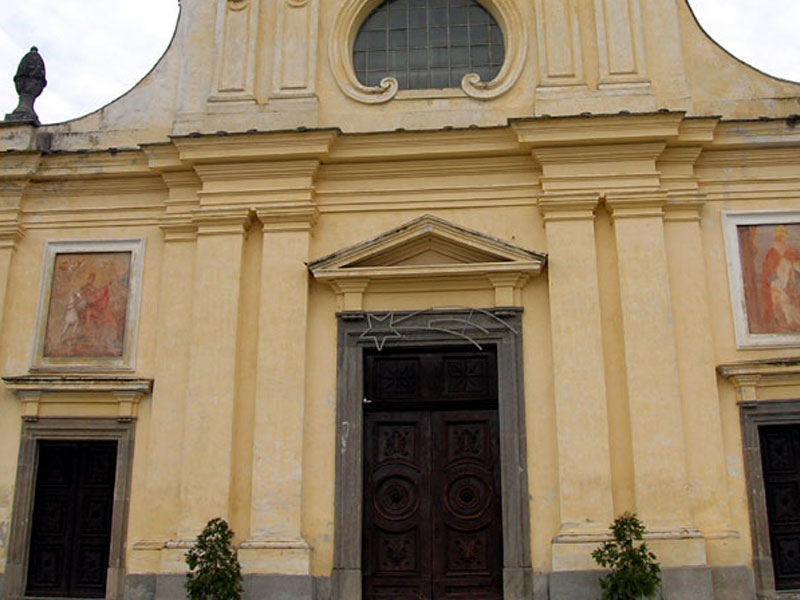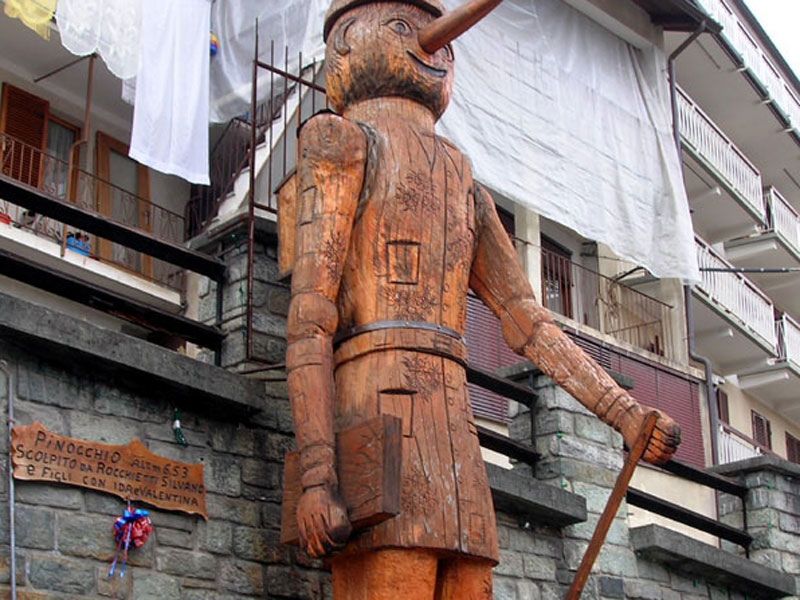Points of Interest
Rubiana
Situated in Vallone del Messa, in a beautiful panoramic position, Rubiana is characterized by cool summers and mild winters. It is an important tourist resort ideal for elderly persons and children, since it offers several opportunities for walks and tours. Across Colle del Lys, lower Val di Susa is connected with Valle di Viù whose slopes are covered with pasturelands, rocky mountains, and woodlands. According to historical research, the Celts were among the populations who settled in the valley: they worshipped forest divinities like the god Arubianus (Rubiana may have been named after him). According to other historians, the toponym derives from the Latin word "ruber" (red), referring to the mainly reddish color of the soil, which denoted a considerable presence of iron minerals also witnessed in the 16th and 17th centuries by the intense mining activity on Mt. Arpone. The history of the town quietly continued until World War II, when this area became important for the anti-fascist movement characterizing it. For this reason, the local population decided to build at Colle del Lys a memorial obelisk for the dead, as well as an ecomuseum working as historical documentation center on the Resistance movement, a reference point for the whole western area of Turin.
What to Visit:
- Sant'Egidio Parish Church (Church square), built in 1607.
- Mompellato Parish Church (fraz. Mompellato), dedicated to the Saints Grato and Maria Maddalena, built in 1808.
- Romanesque-style Small Church (borgata Celle di Caprie), you can reach it by taking the panoramic road cut into the southern mountainside of the valley.
- Madonna della Bassa Sanctuary, built in 1714, is situated at the border between Rubiana and Valdellatorre. It was named after the hill where it rises, Colle della Bassa, at about 1,100 m of altitude, on the ridge separating Vallone del Messa from Valle del Casternone. The sanctuary comes under the jurisdiction of Mompellato Parish Church, and three feasts are celebrated here every year: in June, August, and September. The August feast is the most important one and is celebrated on the 3rd and 4th Sunday of August, with a procession leaving from Mompellato Parish Church.
Viù
The territory of the Municipality of Viù is one of the largest in Italy, since it covers an area of 8,849 hectares.
Winter
sport station and summer tourist resort, Viù gives the name to one of
the main three Lanzo valleys, the southernmost and, among green
grasslands and thick woodlands, is surrounded by Rocciamelone, Tornetti
mountains, and Col San Giovanni, with Mt. Civrari as background. Viù
and its valley have been known since ancient times: some stones worked
in the Neolithic Age, Roman finds discovered near the ruins of Versino
castle, and the several rock carvings witness the human presence
already in prehistorical times. The houses of the town gather around San Martino Parish Church,
which was built in 1782 on a pre-existing temple. Inside, besides the
main altar (a Baroque-style altar of fine workmanship), there are nine
lateral altars that were added in the first years of the 20th century.
What to Visit:
- San Giovanni Battista Parish Church in the village of Col San Giovanni, with its belltower dating back to the 10th-11th century
- Annunciation Chapel in Versino country hamlet, which was built at the beginning of the 19th century
- Casa Coatto, always in fraz. Versino, a building rich in history, with a frescoed
façade, where the Dukes of Savoia probably used to live during their
hunting activities in the valley
- the Gates of Viù, two calcareous monoliths reaching a dozen of meters of height, representing the access to the Valley
- the Big Wooden Pinocchio, in the Guinness Book of Records with its 6,53 meters, situated in the main square of the town.
Further Interesting Places:
- Resistance Movement Museum (Frazione Col del Lys - Viù)
Open on Sundays: 10.00 a.m.-noon and 3.00 p.m.-6.00 p.m.
Info: Comitato Resistenza Col del Lys, Tel. 011/9532286
- Villa Scioldo (country hamlet Tornetti - Viù)
- Villa Franchetti (Via Luigia - Viù)
Open from 6th to 20th August: 10.00 a.m.-noon and 5.00 p.m.-7.00 p.m.
Info: ATL Canavese e Valli di Lanzo, Tel. 0123/28080
- Villa Fino (Frazione Versino - Viù)
Open from 6th to 20th August: 10.00 a.m.-noon and 5.00 p.m.-7.00 p.m.
Info: ATL Canavese e Valli di Lanzo, Tel. 0123/28080








